A Close Up Of The Blanket Octopus During A Blackwater Dive With The Three P Diving Club , Romblon Island,
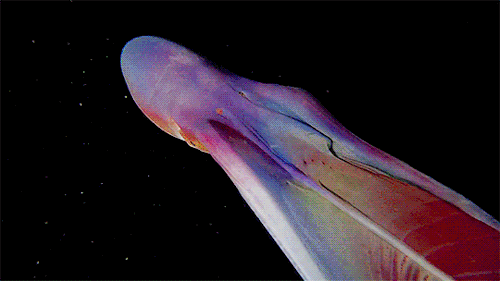
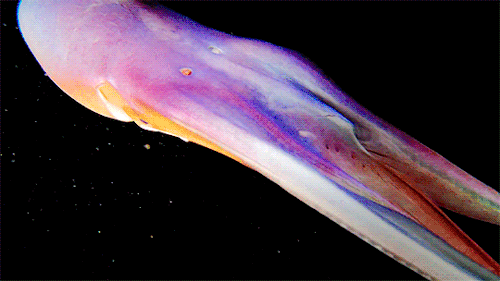
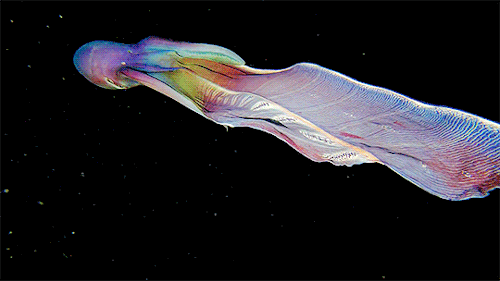
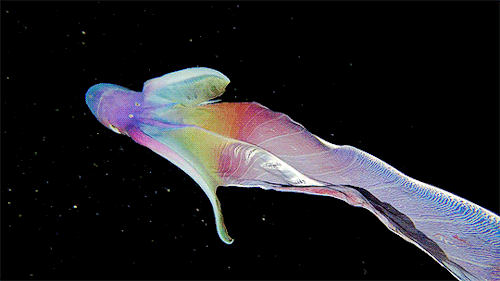
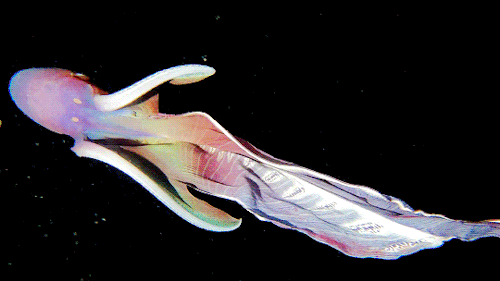
A close up of the Blanket Octopus during a blackwater dive with The Three P diving club , Romblon Island, Philippines. Credit: Joseph Elayani
More Posts from Glaretum and Others

This is Herschel’s Garnet Star! 🌟🌟🌟
If Herschel’s Garnet Star and the Sun were placed both at a same distance of 10 parsecs, this star would be 100,000 times brighter than our Sun! It is so big that if it were in the Solar System, it would engulf up to the orbit of Jupiter! ✨✨✨
Taken by me (Michelle Park) using the Slooh Canary Two telescope on October 26th, 2020 at 23:47 UTC.
Salar de Uyuni, Bolivia
Crédito: Jheison Huerta
Instagram: http://instagram.com/jheison_huerta
Web: http://jheisonhuerta.com


Behold our beautiful Moon as seen from lunar orbit during the Apollo 15 mission, August 2, 1971.
Auroras desde Kiruna, Suecia.
Crédito: Mia Stålnacke
@AngryTheInch

Aurora boreal desde Islandia.
Panorama: Sony A7 S III
Sony FE 14mm f/1.8 GM
Crédito: Stefan Liebermann
https://instagram.com/stefanliebermannphoto
~Antares

A veces solo es necesario alejarse de la ciudad, tomar aire fresco y apreciar las estrellas.
Crédito: Tero Marin
https://instagram.com/teromarin
~Antares

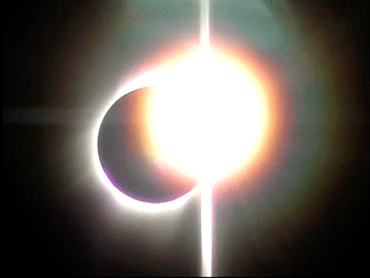
NASA’s Search for Life: Astrobiology in the Solar System and Beyond
Are we alone in the universe? So far, the only life we know of is right here on Earth. But here at NASA, we’re looking.

We’re exploring the solar system and beyond to help us answer fundamental questions about life beyond our home planet. From studying the habitability of Mars, probing promising “oceans worlds,” such as Titan and Europa, to identifying Earth-size planets around distant stars, our science missions are working together with a goal to find unmistakable signs of life beyond Earth (a field of science called astrobiology).
Dive into the past, present, and future of our search for life in the universe.

Mission Name: The Viking Project
Launch: Viking 1 on August 20, 1975 & Viking 2 on September 9, 1975
Status: Past
Role in the search for life: The Viking Project was our first attempt to search for life on another planet. The mission’s biology experiments revealed unexpected chemical activity in the Martian soil, but provided no clear evidence for the presence of living microorganisms near the landing sites.

Mission Name: Galileo
Launch: October 18, 1989
Status: Past
Role in the search for life: Galileo orbited Jupiter for almost eight years, and made close passes by all its major moons. The spacecraft returned data that continues to shape astrobiology science –– particularly the discovery that Jupiter’s icy moon Europa has evidence of a subsurface ocean with more water than the total amount of liquid water found on Earth.

Mission Name: Kepler and K2
Launch: March 7, 2009
Status: Past
Role in the search for life: Our first planet-hunting mission, the Kepler Space Telescope, paved the way for our search for life in the solar system and beyond. Kepler left a legacy of more than 2,600 exoplanet discoveries, many of which could be promising places for life.

Mission Name: Perseverance Mars Rover
Launch: July 30, 2020
Status: Present
Role in the search for life: Our newest robot astrobiologist is kicking off a new era of exploration on the Red Planet. The rover will search for signs of ancient microbial life, advancing the agency’s quest to explore the past habitability of Mars.

Mission Name: James Webb Space Telescope
Launch: 2021
Status: Future
Role in the search for life: Webb will be the premier space-based observatory of the next decade. Webb observations will be used to study every phase in the history of the universe, including planets and moons in our solar system, and the formation of distant solar systems potentially capable of supporting life on Earth-like exoplanets.

Mission Name: Europa Clipper
Launch: Targeting 2024
Status: Future
Role in the search for life: Europa Clipper will investigate whether Jupiter’s icy moon Europa, with its subsurface ocean, has the capability to support life. Understanding Europa’s habitability will help scientists better understand how life developed on Earth and the potential for finding life beyond our planet.

Mission Name: Dragonfly
Launch: 2027
Status: Future
Role in the search for life: Dragonfly will deliver a rotorcraft to visit Saturn’s largest and richly organic moon, Titan. This revolutionary mission will explore diverse locations to look for prebiotic chemical processes common on both Titan and Earth.
For more on NASA’s search for life, follow NASA Astrobiology on Twitter, on Facebook, or on the web.
Make sure to follow us on Tumblr for your regular dose of space!
Un árbol de siluetas desde la Bahía Barnegat, Jersey Shore, NJ.
Crédito: John Entwistle
https://instagram.com/johnentwistle_photography
~Antares

Cometa Leonard en la mañana del 10 de Diciembre del 2021, ubicado del lado izquierdo, la estrella Arcturus en la cima y Spica en el extremo derecho.
Crédito: Alan Dyer
https://instagram.com/amazingskyguy
~Antares

-
 krakentime liked this · 2 weeks ago
krakentime liked this · 2 weeks ago -
 niiines999 liked this · 2 weeks ago
niiines999 liked this · 2 weeks ago -
 evil-venus liked this · 2 weeks ago
evil-venus liked this · 2 weeks ago -
 missmassacre liked this · 2 weeks ago
missmassacre liked this · 2 weeks ago -
 lovingmagicgemini reblogged this · 2 weeks ago
lovingmagicgemini reblogged this · 2 weeks ago -
 celestialwaterfall liked this · 2 weeks ago
celestialwaterfall liked this · 2 weeks ago -
 windcave reblogged this · 2 weeks ago
windcave reblogged this · 2 weeks ago -
 toxicpatches reblogged this · 2 weeks ago
toxicpatches reblogged this · 2 weeks ago -
 skeletondragon reblogged this · 2 weeks ago
skeletondragon reblogged this · 2 weeks ago -
 crimson-miz liked this · 2 weeks ago
crimson-miz liked this · 2 weeks ago -
 lern2speell reblogged this · 2 weeks ago
lern2speell reblogged this · 2 weeks ago -
 gesssekai reblogged this · 2 weeks ago
gesssekai reblogged this · 2 weeks ago -
 aqua-arcs reblogged this · 2 weeks ago
aqua-arcs reblogged this · 2 weeks ago -
 windcave liked this · 2 weeks ago
windcave liked this · 2 weeks ago -
 dont-fuckle-with-the-shuckle reblogged this · 2 weeks ago
dont-fuckle-with-the-shuckle reblogged this · 2 weeks ago -
 super-turbo-mega-hell liked this · 2 weeks ago
super-turbo-mega-hell liked this · 2 weeks ago -
 wuunderstruck liked this · 2 weeks ago
wuunderstruck liked this · 2 weeks ago -
 joyousmistake reblogged this · 2 weeks ago
joyousmistake reblogged this · 2 weeks ago -
 emma14082008 liked this · 2 weeks ago
emma14082008 liked this · 2 weeks ago -
 yiferr liked this · 2 weeks ago
yiferr liked this · 2 weeks ago -
 credittrapper reblogged this · 2 weeks ago
credittrapper reblogged this · 2 weeks ago -
 washedsmudges liked this · 2 weeks ago
washedsmudges liked this · 2 weeks ago -
 postnuttclarity reblogged this · 2 weeks ago
postnuttclarity reblogged this · 2 weeks ago -
 postnuttclarity liked this · 2 weeks ago
postnuttclarity liked this · 2 weeks ago -
 soupiing liked this · 2 weeks ago
soupiing liked this · 2 weeks ago -
 alexandrias-genesis-evangelion reblogged this · 2 weeks ago
alexandrias-genesis-evangelion reblogged this · 2 weeks ago -
 alexandrias-genesis-evangelion liked this · 2 weeks ago
alexandrias-genesis-evangelion liked this · 2 weeks ago -
 forsakenqueer reblogged this · 2 weeks ago
forsakenqueer reblogged this · 2 weeks ago -
 forsakenqueer liked this · 2 weeks ago
forsakenqueer liked this · 2 weeks ago -
 lespetitestortuesdemer reblogged this · 2 weeks ago
lespetitestortuesdemer reblogged this · 2 weeks ago -
 sharoneffinger liked this · 2 weeks ago
sharoneffinger liked this · 2 weeks ago -
 freckled-daydreams liked this · 2 weeks ago
freckled-daydreams liked this · 2 weeks ago -
 hamptercatapult liked this · 2 weeks ago
hamptercatapult liked this · 2 weeks ago -
 crystalklk reblogged this · 2 weeks ago
crystalklk reblogged this · 2 weeks ago -
 80s-v-i-b-e reblogged this · 2 weeks ago
80s-v-i-b-e reblogged this · 2 weeks ago -
 80s-v-i-b-e liked this · 2 weeks ago
80s-v-i-b-e liked this · 2 weeks ago -
 doyouhearmusic reblogged this · 2 weeks ago
doyouhearmusic reblogged this · 2 weeks ago -
 trans-seraphim reblogged this · 2 weeks ago
trans-seraphim reblogged this · 2 weeks ago -
 trans-seraphim liked this · 2 weeks ago
trans-seraphim liked this · 2 weeks ago -
 hairy-dykes-r-us liked this · 2 weeks ago
hairy-dykes-r-us liked this · 2 weeks ago -
 innalheid reblogged this · 2 weeks ago
innalheid reblogged this · 2 weeks ago -
 innalheid liked this · 2 weeks ago
innalheid liked this · 2 weeks ago -
 percussiveadventure reblogged this · 2 weeks ago
percussiveadventure reblogged this · 2 weeks ago -
 percussiveadventure liked this · 2 weeks ago
percussiveadventure liked this · 2 weeks ago -
 pluckyyoungdonna reblogged this · 2 weeks ago
pluckyyoungdonna reblogged this · 2 weeks ago -
 ohsilverplease reblogged this · 2 weeks ago
ohsilverplease reblogged this · 2 weeks ago -
 radiobob214 reblogged this · 2 weeks ago
radiobob214 reblogged this · 2 weeks ago -
 haezerd liked this · 3 weeks ago
haezerd liked this · 3 weeks ago

Glaretum fundado en el 2015 con el objetivo de divulgar la ciencia a través de la Astronomía hasta convertirnos en una fuente de conocimiento científico veraz siendo garantía de información seria y actualizada.
248 posts